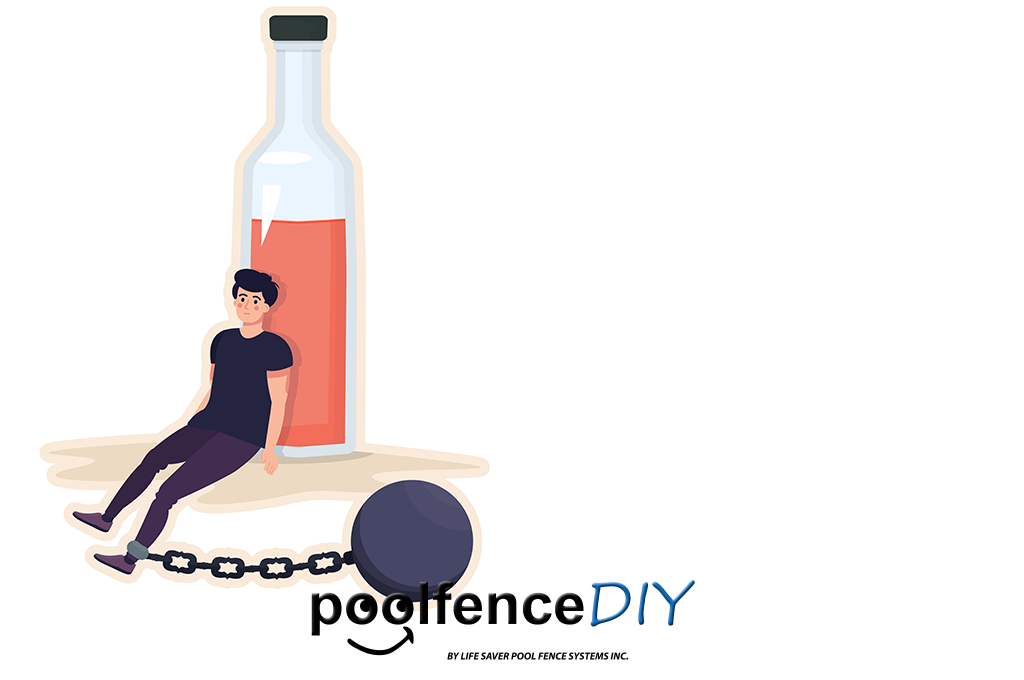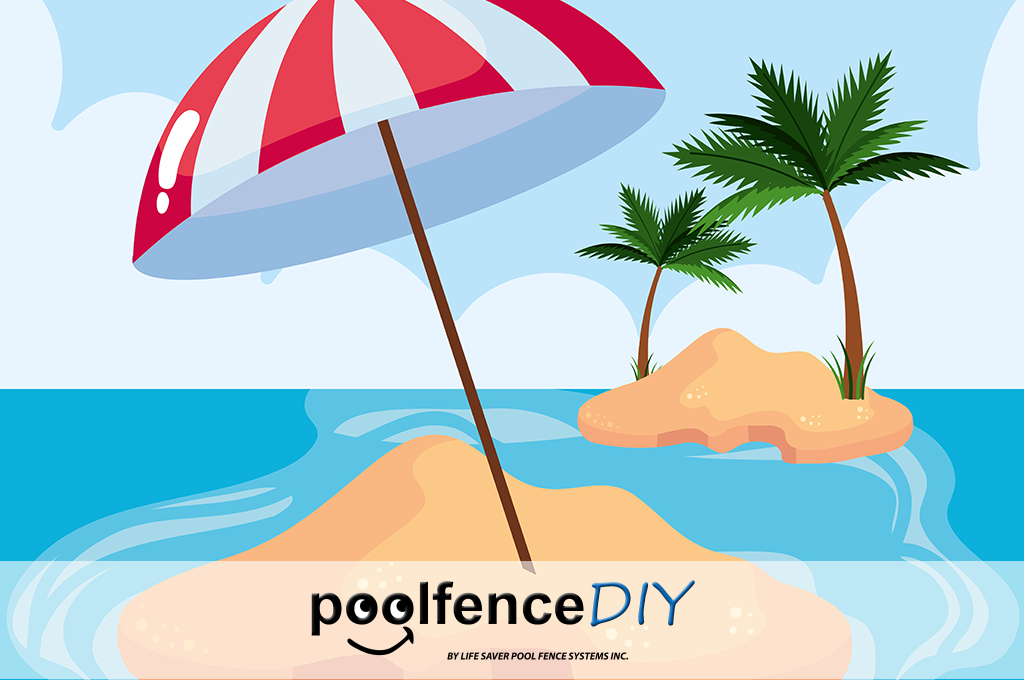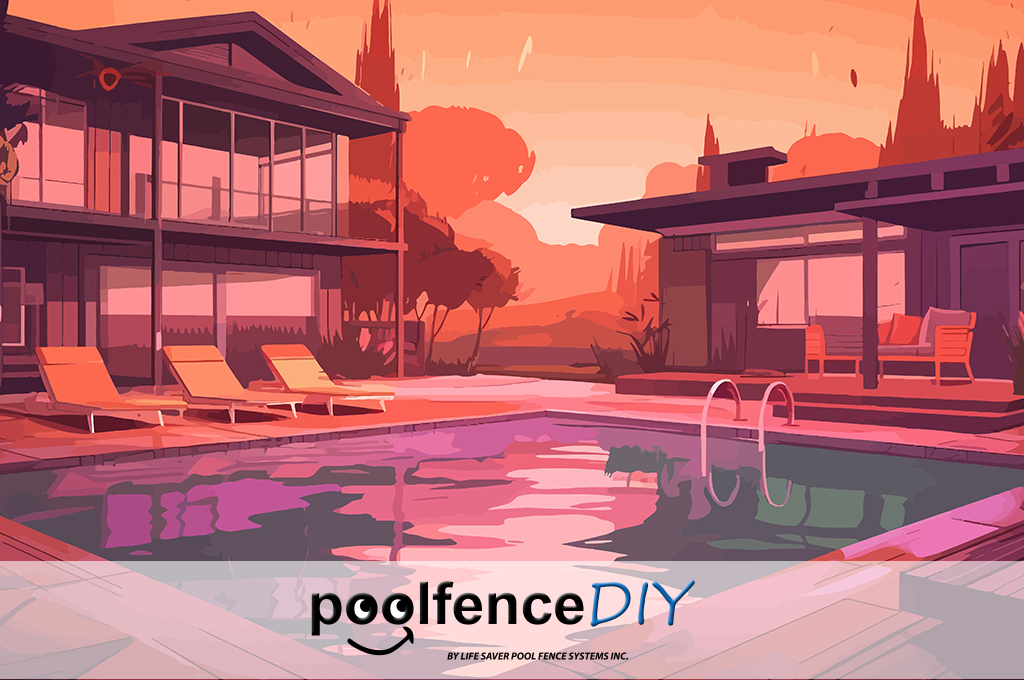Watch Out for Winter Mold: Protecting Your Home from Frozen Pipes

Winter mold is a serious challenge for homeowners. Snowy landscapes and cozy fireplaces are great… but this season also brings the risk of frozen pipes. This common winter woe can disrupt your home’s water supply and lead to another insidious issue: mold growth!
Preventing winter mold from frozen pipes requires a few proactive steps. Keep reading to learn more about this potential water safety hazard.
The Trouble with Frozen Pipes
Frozen pipes pose a dual threat during winter. First, they can cause water damage when pipes burst due to the expansion of frozen water. Next, the moisture resulting from these leaks creates an ideal environment for mold to flourish.

For anyone who has ever dealt with mold, these can be very dangerous to you, your loved ones and even pets! Mold spores, always present in the air, seek damp, dark spaces to settle and grow. Keeping this in mind, the aftermath of burst or frozen pipes can become a breeding ground for mold.
Insulation is Key for Preventing Winter Mold
To prevent winter mold caused by frozen pipes, proper insulation is crucial. To start, take a good look at your living space. Think about potentially troublesome areas of your home. This includes places like basements, crawl spaces, and attics.
Insulating these spaces with materials like foam or fiberglass can help to maintain a consistent temperature. In turn, this helps prevent pipes from freezing or bursting. Pay special attention to areas where pipes are exposed to the elements, as these tend to be more susceptible to the cold. Insulate these pipes using pipe sleeves or heat tape.
Besides winter mold, burst pipes can also lead to dangerous flooding. According to the CDC, besides the risk of drowning, flooded areas can also spread disease. With this in mind, taking these extra steps to keep your pipes in good working order.
Protecting Against Frozen Pipes: Seal Leaks and Cracks
Drafts and air leaks can contribute to the freezing of pipes. Conduct a thorough inspection of your home's exterior, checking for any gaps, cracks, or openings that may allow cold air to seep in. Use caulk or weatherstripping to seal these gaps. This will not only prevent frozen pipes but it will also reduce the chances of mold growth by minimizing moisture.
Watch that Heat! Keep a Constant Temperature
Maintaining a consistent temperature within your home is critical during winter months. Set your thermostat to at least 55 degrees Fahrenheit, even when you're away from home. This helps to prevent pipes from reaching freezing temperatures and possibly cracking. A stable indoor temperature also discourages winter mold growth. Unfortunately, mold thrives in fluctuating conditions… so don’t neglect that thermostat!
While combating freezing temperatures is crucial, it's equally important to monitor indoor humidity levels. Keep your home's humidity below 60% to discourage mold growth. Use dehumidifiers in areas that are prone to dampness, including basements and bathrooms. Proper ventilation is also essential, ensuring that moist air has an escape route instead of settling on surfaces.
Avoid the Drips
Allowing faucets to drip slightly can prevent the buildup of pressure in pipes, thereby reducing the risk of freezing. Running water, even at a slow pace, is less likely to freeze than stagnant water. This simple precaution not only safeguards against frozen pipes but also helps to maintain the necessary humidity levels in your home.
Preventing winter mold from frozen pipes is a serious problem. Fixing it requires a lot of moving parts. By taking a few proactive measures you can protect your pipes and home from freezing temperatures. In turn, you’ll gain a reliable water supply and also create an environment that is inhospitable to mold growth.




